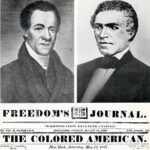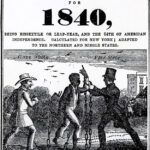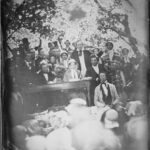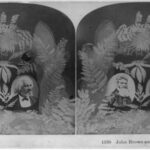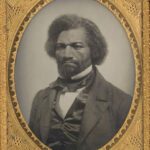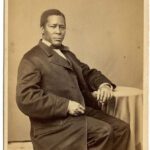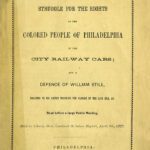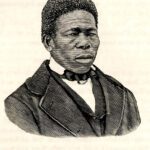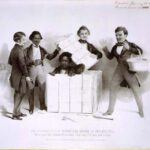In 1821, William Still was born in Lawnside, New Jersey. His father, Levin Steel, purchased his freedom in Maryland shortly before the birth of his son. He helped his wife, Sidney Steel, escape slavery along with him. Unfortunately, the couple unwillingly left their children behind. Once the couple settled in New Jersey, they changed their last name to Still, and Sidney changed her name to Charity to avoid recapture. The couple celebrated their new life with the birth of their son William.
The Still family eventually settled in Lawnside, New Jersey, where William operated an important safe house for fugitive slaves along the Underground Railroad. Although Peter and his family tried very hard to free their grandson, they could never purchase his freedom. However, the boy was reunited with the Still family when he received his freedom after the Civil War. As William continued coordinating escape routes for fugitive slaves, activists such as Harriet Tubman, Peter, and Vina purchased a small farm near Levin and Charity Still. On June 25, 1855, Peter and Vina were legally married, twenty-nine years after they were married in slavery. In 1856, Kate E.R. Pickard published a book on Peter Still’s story titled The Kidnapped and the Ransomed. During the Civil War, William Still ran a coal and ice supply yard under a government contract at Camp William Penn. This camp was a primary training site for black troops during the war. In 1859, William Still launched a campaign to desegregate railway cars in Philadelphia. In 1867, the Philadelphia legislature passed an act banning segregation in public transportation across the state. William Still also published Struggle for the Civil Rights of the Colored People of Philadelphia in the City Railway Cars that same year. Inspired by finding his brother many years after he was separated from his family, William Still began to take careful records of the former slaves he encountered. After ratifying the Fourteenth and Fifteenth Amendments, the Pennsylvania Society for the Abolition of Slavery closed. At the organization’s final meeting, the members called for William Still to publish more than 650 records on the fugitive slaves he assisted to freedom. He published these records in an 1872 book titled The Underground Railroad. The book describes the hardships of escaped slaves who sought assistance along the Underground Railroad. Due to his contributions to the success of the Underground Railroad, William Still is often referred to as “The Father of the Underground Railroad.” Sadly, in 1867, Peter Still died of pneumonia. After his brother’s death, William Still continued to work to improve the lives of former slaves until he died in 1902.
New Jersey Student Learning Standards
- 6.1.8.CivicsHR.4.a:Examine sources from a variety of perspectives to describe efforts to reform education, women’s rights, slavery, and other issues during the Antebellum period.
- 6.1.8.HistoryCC.4.b Explain the growing resistance to slavery and New Jersey’s role in the
Underground Railroad.
Curriculum
- 3 Sections
- 3 Lessons
- Lifetime
- Stage 11
- Stage 21
- Stage 31
